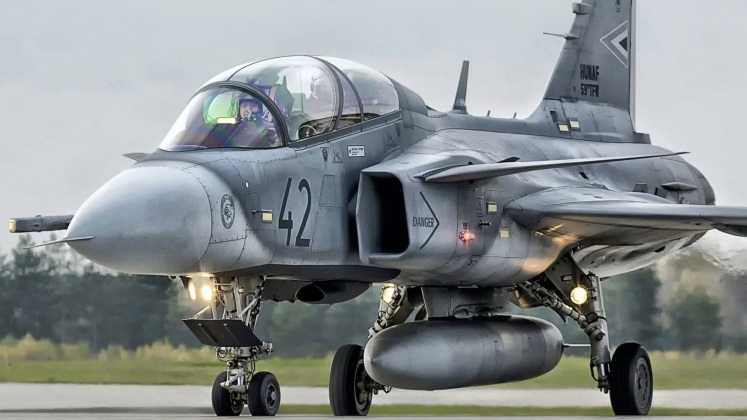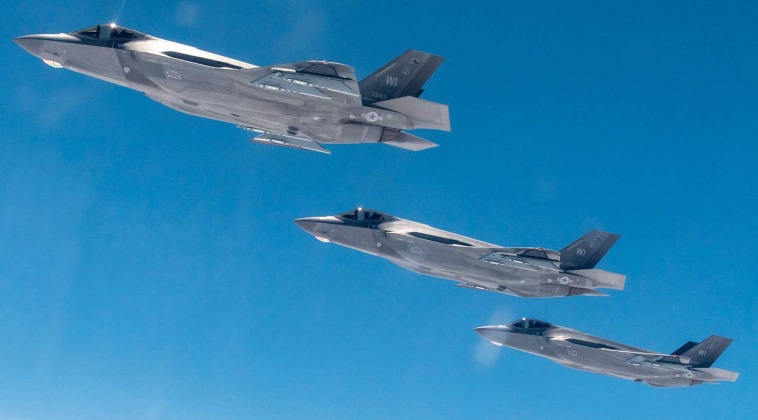News
Canada Plans Cut to F-35 Orders to Hedge Towards Lightweight Gripen: Is a Mixed Fleet a Better Option?
The administration of Canadian Prime Minister Mark Carney is considering deep cuts to its planned order for 88 F-35A fifth generation fighters, with the intention of reallocating funds towards procuring Gripen E/F lightweight ‘4+ generation’ fighters. Plans to “review” F-35 purchase plans were first announced in March, with Carney having advocated greater “diversification” in Ottawa’s defence and industrial partnerships. This partly responded to worsening ties with the United States under the new Donald Trump administration. The Gripen quickly emerged as a leading candidate to replace a portion of the planned F-35 fleet, with its particularly low maintenance needs and operational costs making it highly attractive, and allowing it to be fielded in significantly greater numbers than the F-35 with the same level of funding.

Advocating for continued investment in F-35 procurements, Deputy Minister of National Defence Stefanie Beck stressed that its fifth-generation capabilities remain essential to maintaining parity with adversaries. “It is impossible to underestimate the importance of having fifth-generation aircraft because that is what our adversaries have,” she stated, highlighting China’s development of the J-20 and new J-35 stealth fighters, and Russia’s growing and heavily combat tested Su-57 fleet. Royal Canadian Air Force Commander General Jamie Speiser-Blanchet echoed this warning, stressing that both of the Western Bloc’s leading adversaries fielded advanced aircraft and high-speed missile systems. “It is urgent to transition to a new fleet of fighters,” she said.

Despite its clear technological leadership over other Western fighters, questions have been raised regarding the sufficiency of the F-35 to counter emerging challenges, particularly as China is currently positioned to lead the world by several years in bringing sixth generation fighters into service in the early 2030s, which are expected to leave the F-35 near obsolete in air-to-air engagements. Outstanding issues with the F-35, including very low availability rates, major overruns in its operational costs, major delays to fixing the aircraft’s hundreds of deficiencies, and further delays to implementing urgently needed Block 4 upgrades. Canada is currently scheduled to be the largest foreign client for the F-35 other than Japan, with a cut from 88 to around 40-48 fighters still providing it with a sizeable fifth generation fleet, while investment in the less costly and more reliable Gripen could allow it to field more fighters overall potentially allowing for a total fleet of over 100. A high-low combination of the two aircraft could prove to be highly complementary and provide an overall greater combat potential.












